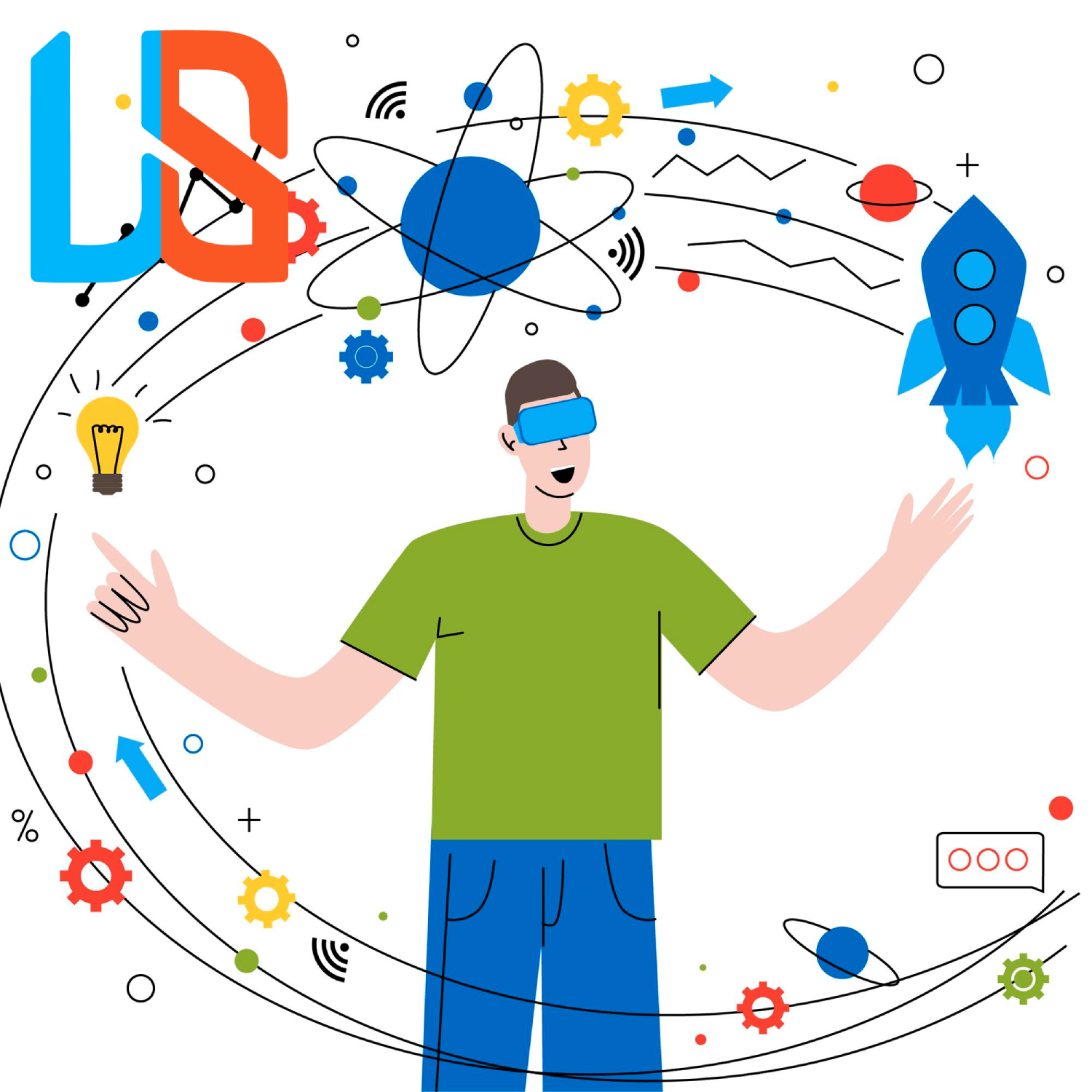
Introduction
The field of web development is constantly evolving, driven by advancements in technology and changing user preferences. As we approach the year 2023, it’s essential for web developers and businesses to stay ahead of the curve and embrace the latest trends to deliver exceptional digital experiences. In this article, we will explore the key web development trends for 2023 that will shape the dynamic digital landscape.
1. Progressive Web Apps (PWAs) Dominance
Progressive Web Apps (PWAs) will continue to gain popularity in 2023. PWAs offer a seamless and engaging user experience by combining the best features of web and mobile applications. They are fast-loading, responsive, and work offline, making them an ideal choice for businesses looking to deliver a consistent experience across various devices and network conditions.
2. Voice User Interface (VUI) Integration
With the increasing adoption of voice-controlled devices and virtual assistants, integrating Voice User Interface (VUI) in web applications will become more prevalent in 2023. Web developers will focus on creating voice-enabled experiences that allow users to interact with websites and applications through natural language commands.
3. Artificial Intelligence (AI) and Machine Learning (ML) Integration
AI and ML technologies will continue to transform web development in 2023. Developers will leverage AI-powered tools to enhance user personalization, optimize content delivery, and automate repetitive tasks. Chatbots and virtual assistants powered by AI will become more sophisticated, providing real-time support and personalized recommendations to users.
4. Augmented Reality (AR) and Virtual Reality (VR) Experiences
AR and VR technologies will make significant strides in web development in 2023. Web developers will explore ways to create immersive AR and VR experiences directly within web browsers, blurring the line between physical and digital interactions.
5. Low-Code and No-Code Development
The demand for rapid development and deployment will drive the adoption of low-code and no-code development platforms in 2023. These platforms allow users with minimal coding knowledge to build web applications and websites quickly and efficiently, reducing the dependency on traditional development processes.
6. Cybersecurity and Privacy Focus
With growing concerns about cybersecurity and data privacy, web developers will prioritize building secure and privacy-focused applications in 2023. Implementing HTTPS, ensuring data encryption, and adhering to privacy regulations will be crucial for gaining user trust.
7. Blockchain Integration
Blockchain technology will find more use cases in web development in 2023. Web developers will explore integrating blockchain for secure authentication, transparent data sharing, and decentralized applications (DApps).
8. 5G Implementation
The global rollout of 5G networks will impact web development in 2023. With faster and more reliable connectivity, developers will create richer and more interactive web experiences, including high-quality video streaming and real-time applications.
9. Single Page Applications (SPAs) Growth
Single Page Applications (SPAs) will continue to gain momentum in 2023. SPAs offer a smoother and more dynamic user experience by loading content dynamically, eliminating the need for full page reloads.
10. Dark Mode Design
Dark mode design, which reduces the strain on the eyes and saves battery life on devices, will become a standard feature in web development in 2023. Websites and applications will offer users the option to switch between light and dark themes.
11. WebAssembly (Wasm) Advancements
WebAssembly (Wasm) will witness further advancements in 2023. Wasm allows developers to run high-performance applications directly in web browsers, enabling complex tasks like gaming and multimedia processing on the web.
12. Mobile-First and Responsive Design
As mobile usage continues to dominate internet traffic, web developers will prioritize mobile-first and responsive design in 2023. Websites and applications will be designed with a mobile-first approach, ensuring they adapt seamlessly to various screen sizes.
13. Micro Frontends Adoption
Micro frontends, a modular approach to frontend development, will gain traction in 2023. This architecture allows teams to work independently on specific parts of an application, improving development speed and scalability.
14. Web Accessibility (A11Y) Focus
Web accessibility will remain a critical consideration in web development in 2023. Developers will focus on creating inclusive and accessible experiences for users with disabilities, adhering to Web Content Accessibility Guidelines (WCAG).
Conclusion
As the web development landscape evolves, staying up-to-date with the latest trends is essential for delivering exceptional digital experiences. In 2023, web developers will embrace Progressive Web Apps, voice user interfaces, AI and ML integration, AR and VR experiences, and much more to meet the ever-changing needs of users. By adopting these trends, businesses can stay ahead in the dynamic digital landscape and provide users with innovative and engaging web experiences.





